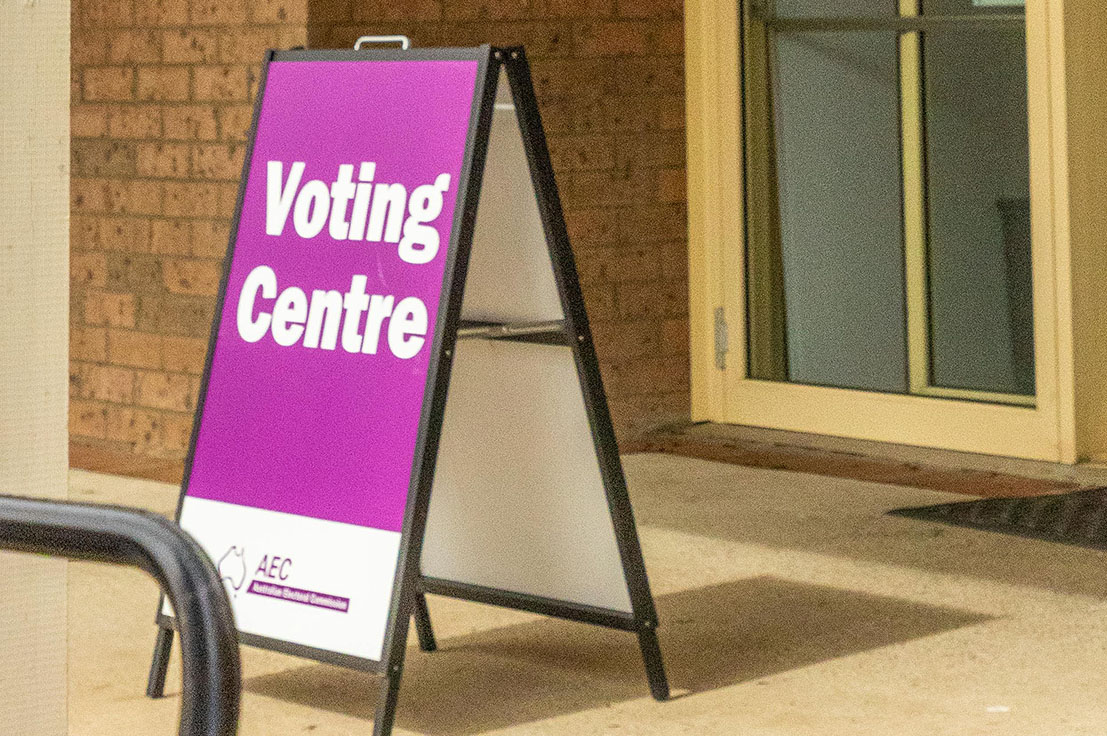Our Insights.
Latest news and updates.
From Agestrong Health Group and the broader healthcare industry.
As the aged care sector grapples with the increasing complexity of resident needs, the call for a paradigm shift in dementia care grows louder. Gone are the days when aged care primarily supported low-dependency residents.
As Australians head to the polls on May 3, 2025, healthcare remains a defining issue. Both Labor and the Liberal-National Coalition are promising improvements in accessibility and affordability.
Behind the buzzwords and policies lies a sobering reality: for many children with disabilities, this move has not led to empowerment or opportunity—it has resulted in disadvantage, isolation, and unmet potential.
Despite clear national standards and growing awareness, it’s time to ask a nuanced question: how well are we really doing in preventing falls — and what might be standing in the way?
A critical question remains: are we genuinely embracing best-practice care, or are we introducing a centrally managed, cost-controlled system that may not fully meet the needs of older Australians?
The Support at Home program is a significant shift in how home care services are delivered in Australia, aiming to enhance the independence and well-being of older Australians.
Between the 2023–24 and 2024–25 budgets, we’ve seen a mix of reforms, digital upgrades, and funding boosts. Yes, these efforts are a step forward. But are they the structural reset the sector so desperately needs? Not quite.
There’s no denying the NDIS is in need of reform. Costs are ballooning, participant outcomes are uneven, and the system has long been criticised for complexity and inconsistency.
If you look beyond the government’s budget gloss, a far more concerning picture emerges — one of rising compliance burdens, systemic underfunding, centralised control, and an accelerating squeeze on both providers and the people they serve.











